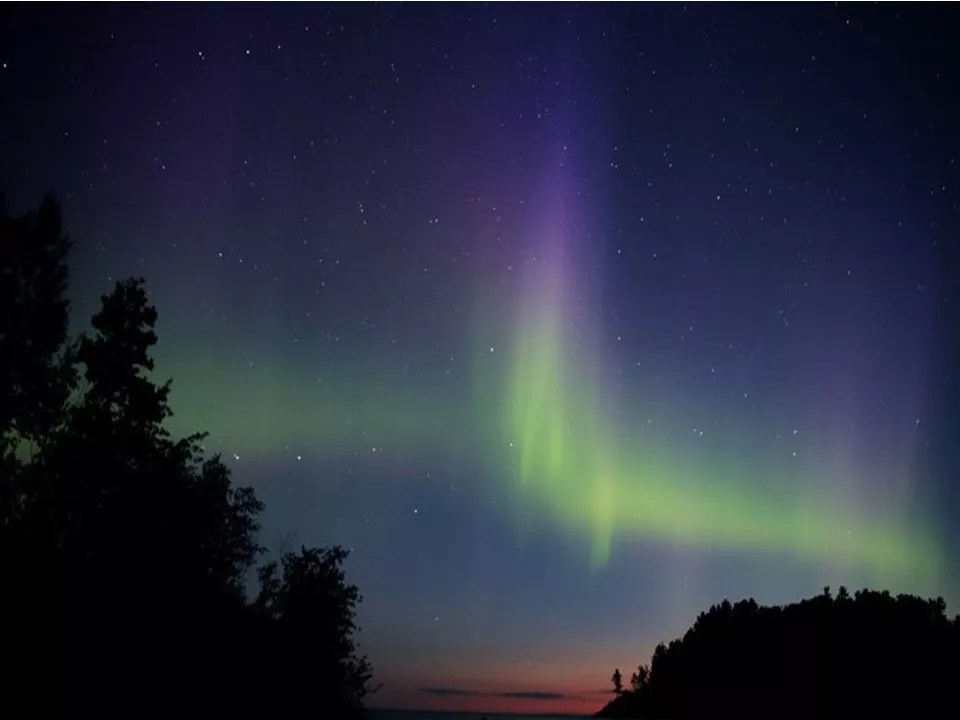
Space Weather Prediction Center

Audio By Carbonatix
Did you catch the northern lights last night? Due to a disturbance to Earth’s magnetic field, there could be one more chance to catch the aurora borealis tonight as well.
Why Are Northern Lights Currently Visible in Colorado?
According to the National Oceanic and Atmospheric Administration, a halo coronal mass ejection erupted from the sun on Friday, May 30, and struck Earth’s magnetic field early Sunday, June 1.
That energy is sparking a series of strong geometric storms that are still underway, causing the sky to light up with bands of purple, magenta and green. During the early hours of June 1, lights were photographed from as far south as the Gulf of Mexico, according to spaceweather.com, where fans of the sky can upload and view a live photo gallery of the Northern Lights spotted from around the world.
Denver, make your New Year’s Resolution Count!
We’re $17,500 away from our End-of-Year campaign goal, with just a five days left! We’re ready to deliver — but we need the resources to do it right. If Westword matters to you, please contribute today to help us expand our current events coverage when it’s needed most.
How to See the Aurora Borealis in Colorado
There’s no guarantee of a repeat display tonight, according to spaceweather.com. However, sky watchers everywhere should remain alert for auroras as the solar wind in the wake of the CME is blowing faster than 900 kilometers per second.
The NOAA predicts those conditions will likely continue to intensify through Monday, June 2, and subside by June 3.
You can only see the lights of the Aurora Borealis at night, and if the sky is free of clouds and light pollution, according to CBS News. Because of light pollution, the colorful lights will likely be hard to spot from cities like Denver, but skywatchers might catch a glimpse of them in less populated areas of the state.